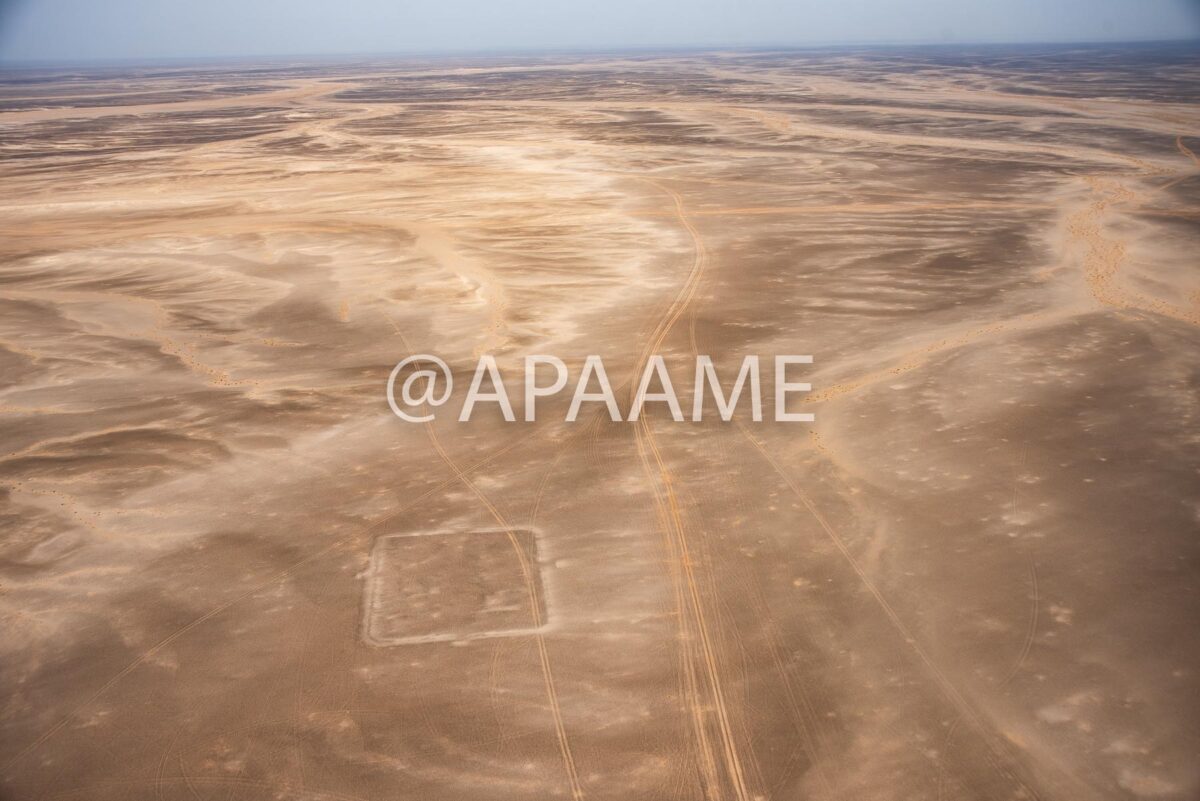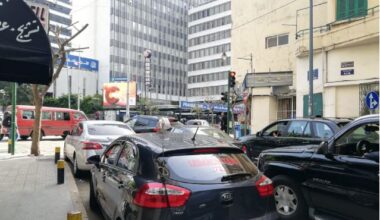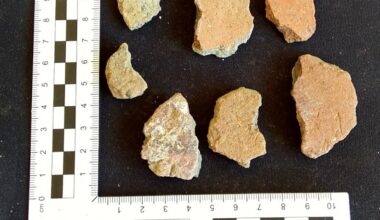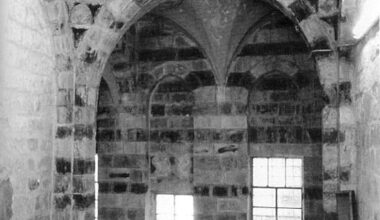Project summary
Since 1997, the broad objectives of the Aerial Archaeology in Jordan project have remained to discover, record, monitor, map, and interpret a variety of Jordanian landscapes and publish our results, in recent years the objectives have expanded to include monitoring archaeological and cultural sites, as the threats to them have increased so dramatically over a quarter of a century. The demand on all historic landscapes has increased exponentially in the past quarter of a century as a result of population expansion and the demand for food, water and housing. Thanks to the collaboration with CBRL in Amman and with many of the excavation survey teams, and the Department of Antiquities (Jordan), the project monitors and records the conditions of archaeological sites in Jordan which would otherwise be lost.
Project details
Location: Jordan
Year(s): 1997- to present.
Project director(s): Robert Bewley (Director), Firas Baq’in (Project Co-Director)
Lead institutions and funding:
- The project has benefitted from the support of the Department of Antiquities, Jordan, as well as the Council British Research in the Levant (CBRL) and its Amman Office for which we are very grateful.
- The wonderful support from the Royal Jordanian Air Force.
- APAAME gratefully acknowledges the financial support of The Augustus Foundation, The Packard Humanities Institute, Australian Research Council, The British Academy, The Palestine Exploration Fund, The Prehistoric Society, The Robert Kiln Charitable Trust, Seven Pillars of Wisdom Trust, Society of Antiquaries of London, The University of Western Australia, Research Grants Fund and private donations.
Project description
The landscapes of the Middle East have undergone an astonishing transformation as a result of population growth: Jordan’s population has risen from c. 340,000 in 1943 to over c. 6 million today.
The impact of this has been an increase in damage and disturbance to archaeological sites, as a result of the intensification of agriculture, city, town and village expansion and an increased demand for land and water. Many archaeological sites have thus been destroyed or damaged before they can be investigated, hence the need for continued monitoring of sites by using aerial reconnaisance.
The broad objectives of the Aerial Archaeology in Jordan project have remained the same since 1997 – to discover, record, monitor, map, and interpret a variety of landscapes and publish our results. The methodology and results have been highly successful, working through CBRL in Amman, and collaborating with many of the excavation survey teams, and the Department of Antiquities, in Jordan.
The imagery is made available via the APAAME website. The AAJ project works with the EAMENA project which documents sites, allows access to its database and assesses the condition of archaeological sites.
Project bibliography
Bewley, Robert. 2020. Aerial archaeology in Jordan. Bulletin of the Council for British Research in the Levant 2018-2019, p 24.
APAAME. http://www.apaame.org/ Accessed December 18th 2023.
Published:07 January 2024
















